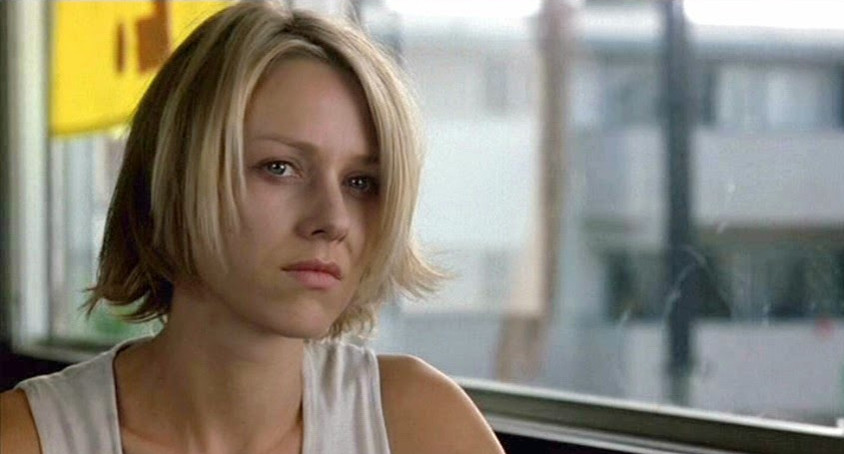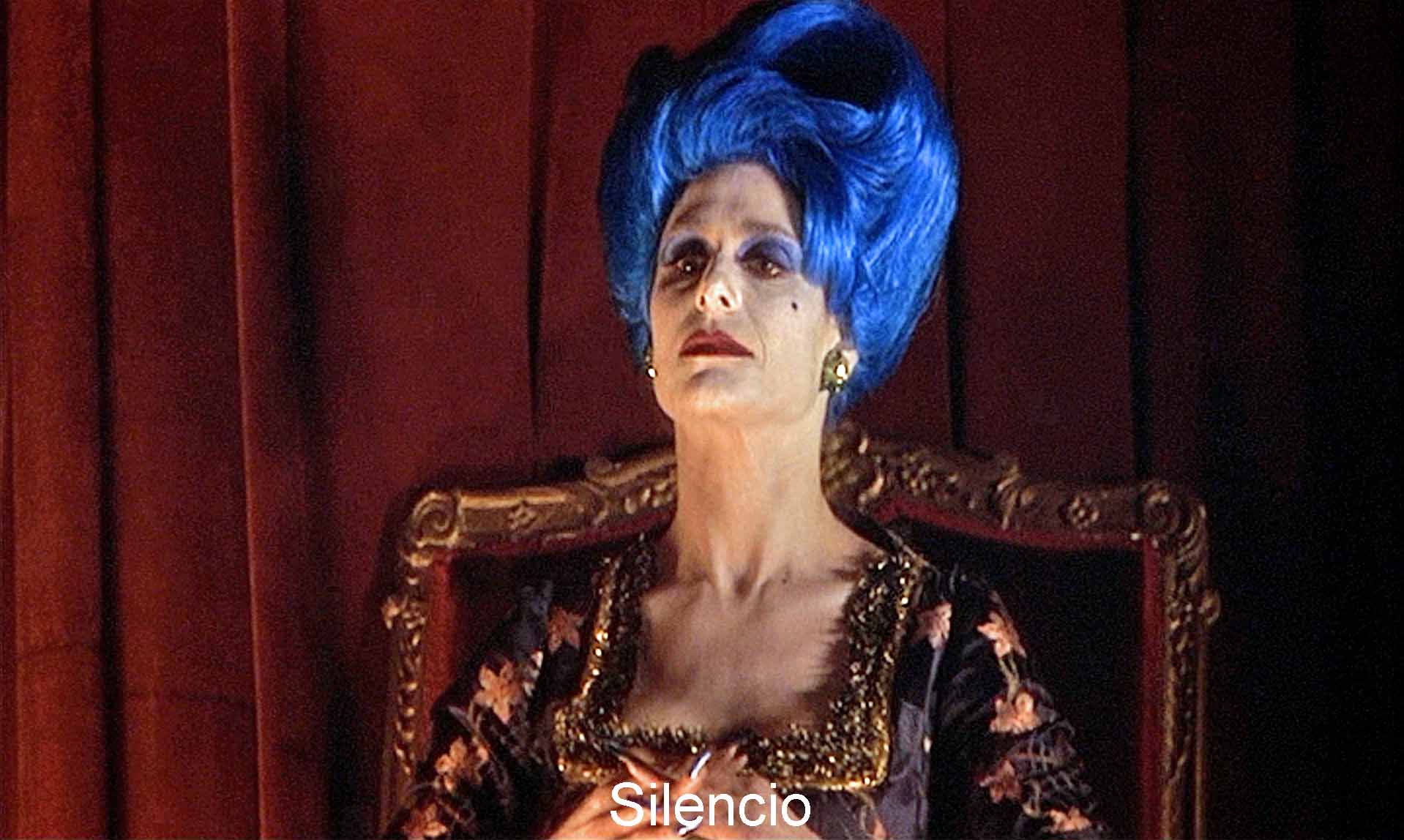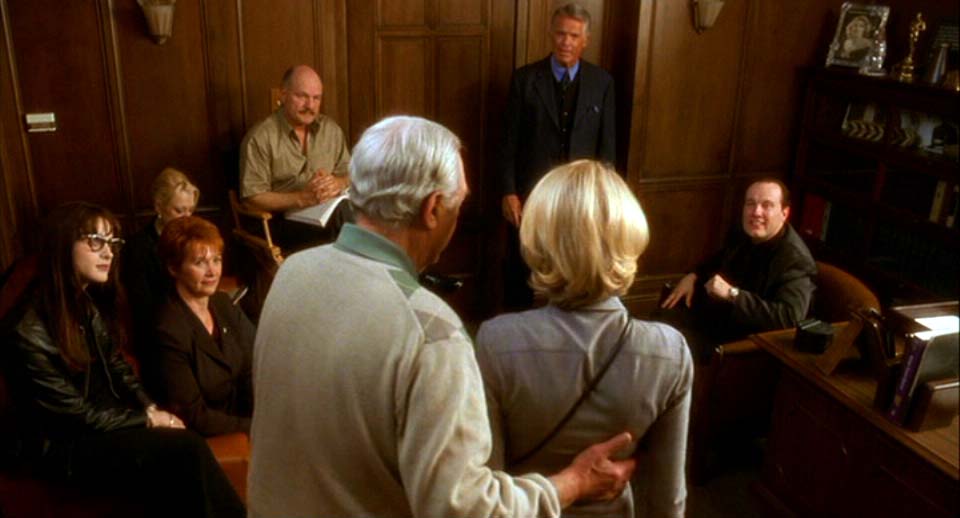5. Naomi Watts’ performance

The English actress gives not just the greatest performance of her career but also, quite possibly, the greatest performance in the history of cinema. Her chameleonic performance as both the seemingly hapless Betty and the vengeful Diane is unforgettable.
It is a performance that exemplifies what can happen when a director and actor work hand in glove, with the actor knowing exactly what is expected of them. Watts interprets Lynch’s intentions and the tone of the film to perfection, which is not an easy task with a film of the magnitude of Mulholland Drive. (This is even more surprising when you consider that Lynch cast Watts from a photograph without having met her or seen any of her previous films.)
Her stand out scene is perhaps the scene where she auditions for a part in a film that we later understand to be called, The Silvia North Story. Her performance is every bit as manipulative as Lynch’s direction as she lures us into expecting little in the way of acting ability from the young naive dreamer, Betty. But the performance is so captivating that when the onlookers begin to applaud the film’s audience finds the temptation to applaud as well, not just at Betty’s performance but also at Watts’ performance itself.
6. The diegetic musical performances are hauntingly beautiful

As well as having a fantastic and mesmeric score by Angelo Badalamenti (who also plays the cantankerous espresso drinking film exec at the beginning), the film’s diegetic musical performances are hugely impressive.
Whether it be the casting scene where Theroux’s character is trying out different performers for the 50s style musical performance which features Linda Scott’s I’ve Told Every Little Star or the later rendition of Roy Orbison’s Crying by Rebekah del Rio in the Silencio club, the musical performances are a vital part of the film’s success.
Like everything in the film, these are not just stylistic flourishes by Lynch but are important to what the film is trying to say. The nostalgic quality of the scenes help to set up expectations for Lynch to then subvert and in the logic of Watts’ character’s unconscious imaginings, it’s part of the magnetism of Hollywood and represents the ultimate emptiness of the reality that movies purport to give us. The most striking example of this being when the singer drops dead in the Silencio club whilst the audio continues.
7. It’s terrifying

The scene that features a character collapsing and dying when he is confronted with a strange witches face behind the diner may have your heart skipping a beat every time you round a corner for a few days after watching the film but that is not what is referred to here.
The scares don’t come in any traditional sense, but perhaps more than any other film, you are aware that there is something beyond affecting us as we view it and this has an unsettling impact on audiences.
Whether that feeling is explained by the nothingness at the heart of the film, the disconcerting knowledge that we never really know whose perspective we view events through, or the unnerving idea that the brain may still be able to continue functioning in some capacity for a while after death is dependent on how you understand the film.
It may just be explained by Angelo Badalamenti’s acclaimed score or the haunting diegetic musical performances, whatever the explanation, it is a film that impacts audiences on a deeper and more psychological level than can be achieved in most horror films.
8. Like all great things, it happened by accident

Mulholland Drive’s road to production was a difficult one and the project actually started off life as a television show with Lynch hoping to recreate the success he achieved with his earlier television series, Twin Peaks. One of the many problems Lynch encountered was ABC being unimpressed with the open-ended pilot episode, claiming it was too slow and long for television, and they also took issue with an extreme close-up of dog excrement.
Lynch’s differences with ABC became irreconcilable and Lynch eventually got funding for the project from elsewhere with the project being turned into a film. The reason Lynch ideally wanted the film to be a television series was because he felt the additional time was necessary to flesh out many of the subplots and ideas in the film.
However, in hindsight, it is doubtful whether this fleshing out was necessary and that the criticism of Hollywood and cinema as a medium would have been as striking without adopting the very form the film was commenting on.
Lynch recognises the element of fortune that has gone into the creation of the film as he has said, “One night, I sat down, the ideas came in, and it was a most beautiful experience. Everything was seen from a different angle […] Now, looking back, I see that [the film] always wanted to be this way. It just took this strange beginning to cause it to be what it is.”
Author Bio: Richard Gallagher is from Ireland. He is a graduate of Queen’s University Belfast where he studied English and Film Studies and is currently studying for an MA in Conflict Transformation and Social Justice. Political cinema, film history and following the boys in green (the Irish football team) are among his many interests.